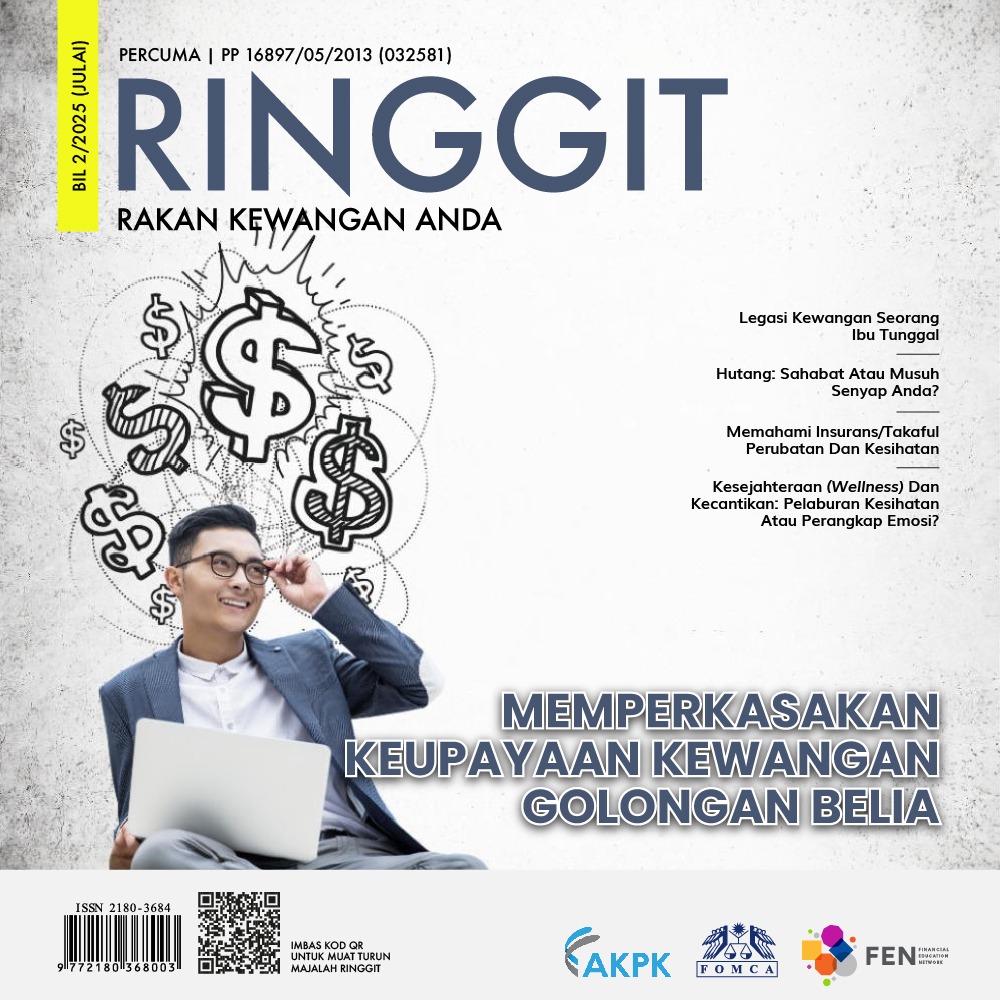In the time since the supermarket boom ten years ago, Malaysian food shopping habits have undergone a sea change. For a number of years, total sales in the largest supermarkets – Tesco, Giant, Carrefour – have exceeded by some margin the sales of all other market forms – convenience stores; sundry stores; hawkers; dry, wet, day and night markets – combined.
In these ten years, there has been no significant scholarly activist or community interest in the functioning of these institutions and their impact on the wider economy. With such a large and increasing percentage of the consumer ringgit finding its way to foreign hypermarkets and supermarkets, the market is certainly deserving of such analysis.
Foreign supermarts arrive in S E Asia
Recent news that French supermarket chain Carrefour is looking to sell its Malaysian assets may seem incongruous with the 45.8 per cent by 2014 growth of the food retail market projected by Malaysia Food and Drink Report Q4 2010. The food retail market has seen constant growth with concomitant consolidation since 2000. This is perhaps not to the benefit of consumers or other actors in the economy.
The “miracle” growth in East Asia created an opulent, forward-thinking, culturally exposed demographic. This demographic was termed a “rising middle class” by analysts – in other words a group of people with enough money for frivolous expenditure. Foreign retailers, with their diverse stock, friendly advertising and modern environment, were clearly intended to cater for this demographic.
This demographic was not, however, what attracted retailers to East Asia. The main draw was not the opulence of the market, but its poverty.It was not until the aftermath of the 1997-98 financial crisis that foreign supermarkets arrived in Southeast Asia. Foreign supermarkets entered the Thai and South Korean markets in 1998 at precisely the point when people were the very least inclined, or able, to spend their money in them. The prosperity of the ’90s did not attract retail investment; rather, it was amid conditions of scarcity that the supermarket boom took place.
… and then Malaysia
Early attempts at retail internationalisation were expensive failures. Retailers found it difficult to break into lucrative markets because they inevitably came up against similarly-sized, better established rivals in unfamiliar environments.The breakthrough foreign ventures occurred in the mid-nineties with successful expansion into post-Soviet Eastern Europe. Though not as lucrative as US or West-European markets, countries like Poland and Hungary, as inchoate market economies striving for investment, were easy and cheap to buy into and to establish hegemony.
Post-crisis East Asia exhibited similar characteristics. A collapse in asset values, the introduction of financial incentives and IMF (International Monetary Fund) prescriptions such as deregulation enabled foreign retailers to buy into the market, expand and dominate – crucially – at low cost and risk.Malaysia’s case does not quite fit the East Asian model of retail expansion. Malaysia’s more sensible response to the financial crisis spared it from the impact felt by Thailand or South Korea.
While retailers entered Thailand and South Korea in 1998, it was not until 2000 that Malaysia experienced the same. So too have the effects of retail expansion on small businessess than these countries been less profound.In 2000, retailers such as Makro, Carrefour and Dairy Farm entered Malaysia. The Committee for Wholesale and Retail trade was established, and guidelines for retail investment were establsihed to protect local traders.Though these measures did to some degree protect smaller actors by disallowing small-scale competition, larger retailers have expanded uninhibited.
These guidelines stipulated a large minimum capital investment to be considered for entry. This could only be met by larger companies who possessed such capital, crafting the food retail market into an oligopolistic structure.The guidelines at least make available the idea of nationalist opposition; however in reality government policy has supported retail expansion since the beginning.
NAP: Centralising effect
In response to the financial crash, the Mahathir government introduced the Third National Agricultural Policy (NAP3) in 1998.Malaysia had been hit by a 40 per cent currency devaluation, making trade more difficult and imports more expensive. AFTA (ASEAN Free Trade Agreement) and WTO (World Trade Organization) commitments such as the AOA (Agreement on Agriculture) had exacerbated dependency on the global market, particularly on food products, and made it far more difficult to correct.
Stressing a renewed need to find profit in the neglected sector, NAP3 argued for an increase in “productivity and competitiveness” through a commitment to “market driven growth”. A strong growth in the sector was suddenly considered crucial to the nation’s sustained economic growth and international competitiveness.In the agri-food sector, existing production techniques would have to be overhauled and the entire system of production, supply and distribution would need to be modernised to combat systemic wastage and inefficiencies in existing agri-food supply chains.
The scale and resources of large retailers had a centralising effect on existing supply chains, and brought a tightening of standards to suppliers which smaller shops could not enforce. Retailers increased the value-added of products and had the potential, which was realised, to inflate GDP through value rather than productivity. Retailers also brought a network of suppliers thereto unavailable as well as an own-brand range from company-owned producers.
9MP: “New Agriculture” and contract farming
In 2006, the introduction of the Ninth Malaysian Plan (9MP) laid out plans to build through the induction of a “New Agriculture” an effective “third pillar of economic growth” out of the ailing agri-food sector.Though mostly reiterating points made in NAP3 and the 8MP, the “New Agriculture” concerned extensive corporate integration in the agri-food sector through advanced market linkages and also by “moving up the value chain”. The 9MP advocated not just the gravitation and centralisation of resources, but the direct commandeering of production.
A lack of contiguous land made industrial or large-commercial farming impossible in large areas of Malaysia. In the Northern Corridor, 83 per cent of the land in 2006 was owned by private smallholders. So long as these smallholders – mostly Malay over 55s with low yields – kept control over their land, a move “up the value chain” would be impossible to accomplish in any serious way, and so it became necessary to remove these smallholders from the process entirely.In December 2006, Tesco Malaysia – the “strategic alliance” between the UK’s Tesco and government-linked company Sime Darby – unveiled a RM60 million, 1,200 sq. metre chilled distribution centre in Perak which farmers would approach directly on a contractual basis. “Within five hours we grade, pack and load [products] onto our refrigerated trucks that go to our stores throughout the peninsula” boasted Azlam Shah Alias, Tesco corporate affairs spokesman.
Contract farming is a legal agreement between farmer and corporation where the corporation supplies material inputs and instructions, while the farmer supplies land and labour. By locking farmers into a contract, a corporation can determine, down to the smallest detail, what is produced and in what manner.Azlam Shah Alias insists that, “through contract farming we do away with wholesalers and pass on these savings to our customers. That’s why we are able to offer fresh vegetables and fruits to shoppers at affordable prices.”
Farmers removed from decision-making
Tesco in 2006 sourced roughly a quarter of its fresh produce – meat, vegetables, fruit, seafood etc – from contracted farmers. Current figures are almost certainly much higher after the 2009 opening of another RM300 million centre in Bukit Beruntung, Selangor. These centres also make available the possibility for cross-border sourcing for other Tesco ventures in neighbouring countries, benefiting from AFTA.Tesco’s partner, Sime-Darby, also authored the government’s NCER “masterplan”, which plots the economic development of the Northern Corridor until 2025.
In a FAMA interview, NCER “masterplan” architect Ahmad Zubir Murshid illustrated Sime-Darby’s agricultural paradigm: “When we talk about agriculture, you have to have the full value chain. First, you have to have the seed in control. Two, you must have the processing, the value added. Three, you must have the distribution and marketing and four, you must have branding”.Farmers working in the NCER are obliged to adopt a set of conditions in exchange for support, the NCER website (ncer.com.my) endorses the development of monocultures, the adoption of capital-intensive, unsustainable farming practices, the use of GM crops and the use of pesticides selected at the contractor’s discretion.
Sime Darby’s NCER website allows farmers to “retain ownership of the land, but will agree to let the land be managed by a single body”. With the terms of production dictated entirely by private interest, the word own might appear to be misplaced; however, it has a very specific meaning: while profit accumulates for the managing party, the owner is left to take responsibility for the risk, cost and damage done to land as a consequence of the contract.The involvement of supermarkets in contract farming and other forms of market linkage brings the danger of the normalisation and exploitation of the practice. Strict quality, hygiene and cosmetic standards demanded can be difficult for farmers to meet, and can easily result in spiralling debt if achieved, delisting by the contractor, if not.Contract farming removes small farmers and farming associations from the decision- making process and long-term sustainability is endangered, yet by centralising and streamlining production the New Agriculture is better served.
Illusion of price war
Hypermarkets are seen by the majority of the population as cheaper, more diverse and more convenient than smaller and independent stores. It is often put forward that the public benefit from a continuous “price war” raging between retailers.Hypermarkets and to a lesser extent supermarkets are used primarily for regular, high-volume shopping trips. The success of all modern retailers has hinged upon ensuring customers return week after week.
While retailers can be said to compete with each other for market share, it does not follow that this extends to product profit margins. Large supermarket chains know through experience customer loyalty is better won through heavy marketing than by forcing down prices. Schemes such as the customer loyalty card, targeted advertising and social responsibility are endeavours to actively purchase customers. In order to pump money into expansion, marketing and keeping shareholders happy, retailers simply cannot afford to compete with each other on prices.Large savings are an effective marketing tool; however, the vast majority of products need not be competitively priced.
The illusion of a constant price war among retailers is generated by a controlled oscillation amongst prices. Prices are continually raised and lowered in unison so while attractive price cuts and special offers are trumpeted through sophisticated advertising schemes, surreptitious price hikes are able to level out profit. A natural result of this is that each retailer can then boast of beating hundreds of competitors’ prices.
There are certain products which are involved in a genuine price war. Certain fruit and vegetables, certain fast-moving commercial goods and own-brand fresh products such as milk, eggs, some meat and seafood products are kept low. Competitive pricing exists because these items satisfy two important conditions: customers buy these products in such quantities and with such attention that they may affect where a customer chooses to shop, and the cost of competition can be externalised and pushed onto suppliers and producers.
To keep these products at low price, their supply chains must be squeezed for profit. Invariably, it is smaller actors who feel the squeeze most. While a large brand-name product has the backing of its large producers and can resist price cuts, smaller suppliers frequently have no capacity to negotiate, and are obliged to accept whatever terms of production are forced upon them.
In cases where items are sourced locally, it is local farmers who pay the price – only a small margin of the retail prices trickles down to the farmer. Under these conditions, farmers must use every advantage available so as to obtain a living wage.In supermarket food chains it is the living standards and even livelihoods of its actors that are put to the squeeze – never profit. Marketing, expansion, and shareholder dividends are always paid for somewhere down the line, whether by the producer or, however unwittingly, by the consumer.
Oligopolistic structure
This April two bills were approved – one to set up a competition law, the other to police it. It is highly unlikely that the implicit collusion amongst supermarkets, or Tesco and Sime’s expansion would be considered applicable, given the vital role they play in government policy.Carrefour’s recent intentions to leave East Asia is in large part due to its lack of integration in the economy. Rather than innovate or eat into profit margins to compete, the company has simply chosen to exit.
A 2004 study by Universiti Putra Malaysia asserts that the “oligopolistic structure” of the retail market is beneficial because it “results in a highly intense price competition among retailers”.By now it must surely be evident that this is not the case. It should be taken as axiomatic that if competition exists, profit will be reduced and therefore every attempt will be made to avoid it.
The more consolidated the retail market becomes, the easier it will become to exploit actors within it. Tesco, which was granted permission to take over Makro’s assets in 2006, and has since become the most successful retailer in Malaysia, should not be permitted to take over Carrefour’s operations. If it does, it will be to the detriment of everyone involved, from farmer to consumer.
Max F is an activist based in Penang




